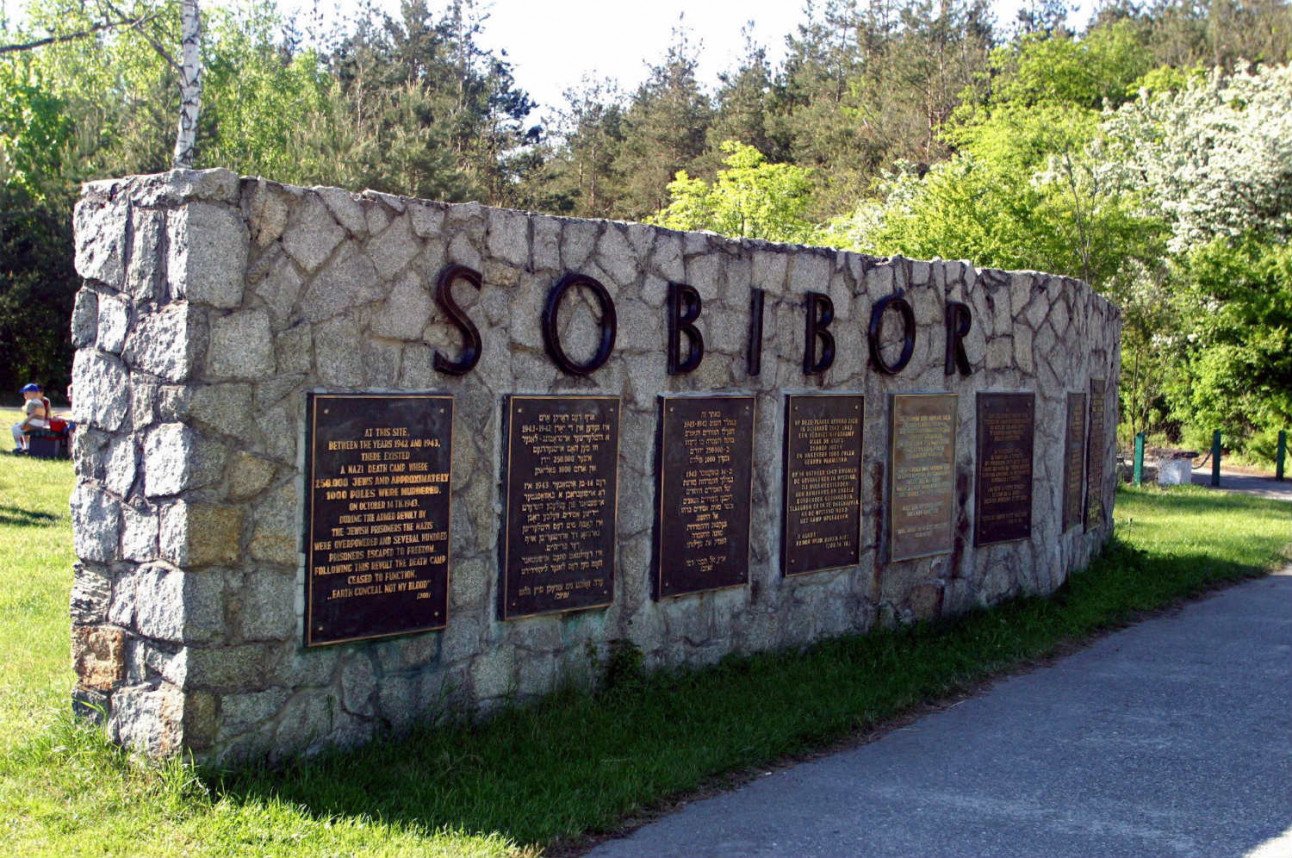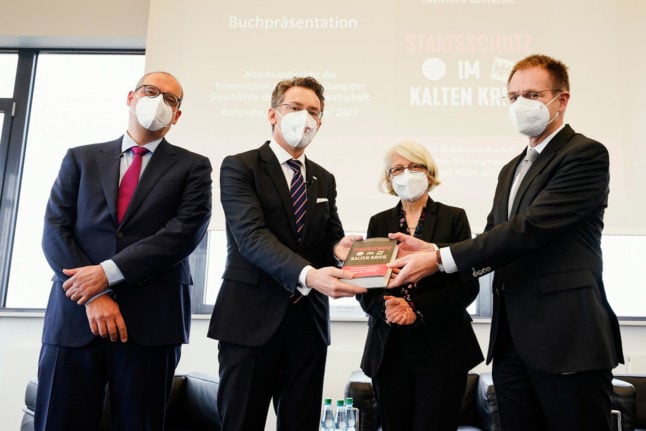Ukrainian-American Demjanjuk was convicted of being an accessory to the murder of nearly 30,000 Jews at Sobibor by a German court in 2011. He died while his appeal was pending.
According to the Berlin-based Topography of Terror archive, photos of Demjanjuk are among a newly discovered collection of more than 350 snaps which give “detailed insight” into the camp in German-occupied Poland.
The photos surfaced from the estate of former SS officer Johann Niemann, who was killed in an inmates' uprising at Sobibor in 1943.
In a statement, the archive said the collection provided “hitherto unknown insights” into both the Holocaust and the euthanasia programme the Nazis forced on disabled or ill people.
“The Niemann collection expands our knowledge of 'Aktion Reinhard', the murder of 1.8 million Jews in the Sobibor, Belzec and Treblinka camps,” the statement said.
The photos are to be published in a forthcoming book and will be presented in Berlin on January 28th.
 Photo: DPA
Photo: DPA
They offer proof that Demjanjuk was present at Sobibor, an accusation he rejected until his death in 2012.
Born in Ukraine in 1920, Demjanjuk emigrated to the US after the Second World War.
In 1986, he stood trial in Jerusalem accused of being “Ivan the Terrible,” an infamous Ukrainian guard at another death camp, Treblinka.
An initial death sentence was overturned by the Israeli supreme court in 1993.
But after evidence emerged that he served as a guard at other Nazi camps, Demjanjuk was stripped of his US citizenship in 2002 for lying about his war record on immigration forms.
Extradited to Germany in 2009, he was later sentenced to five years in prison in a landmark case for the German justice system.
Prosecutors alleged that he had been one of thousands of Soviet prisoners of war recruited to the SS training camp Trawniki in occupied southeastern Poland before being moved to Sobibor.
They rested their case on a green SS identity card issued at Trawniki to a Ukrainian called Ivan Demjanjuk, John's original name.
The court ruled that as a guard at the camp, he was automatically implicated in killings carried out there at the time.
The case set a new legal precedent and prompted several further convictions of Nazi officers, including that of the “bookkeeper of Auschwitz” Oscar Gröning, on the basis they served as cogs in the Nazi killing machine.
In 2019, Demjanjuk was the subject of the Netflix documentary “The Devil Next Door”.



 Please whitelist us to continue reading.
Please whitelist us to continue reading.
Member comments